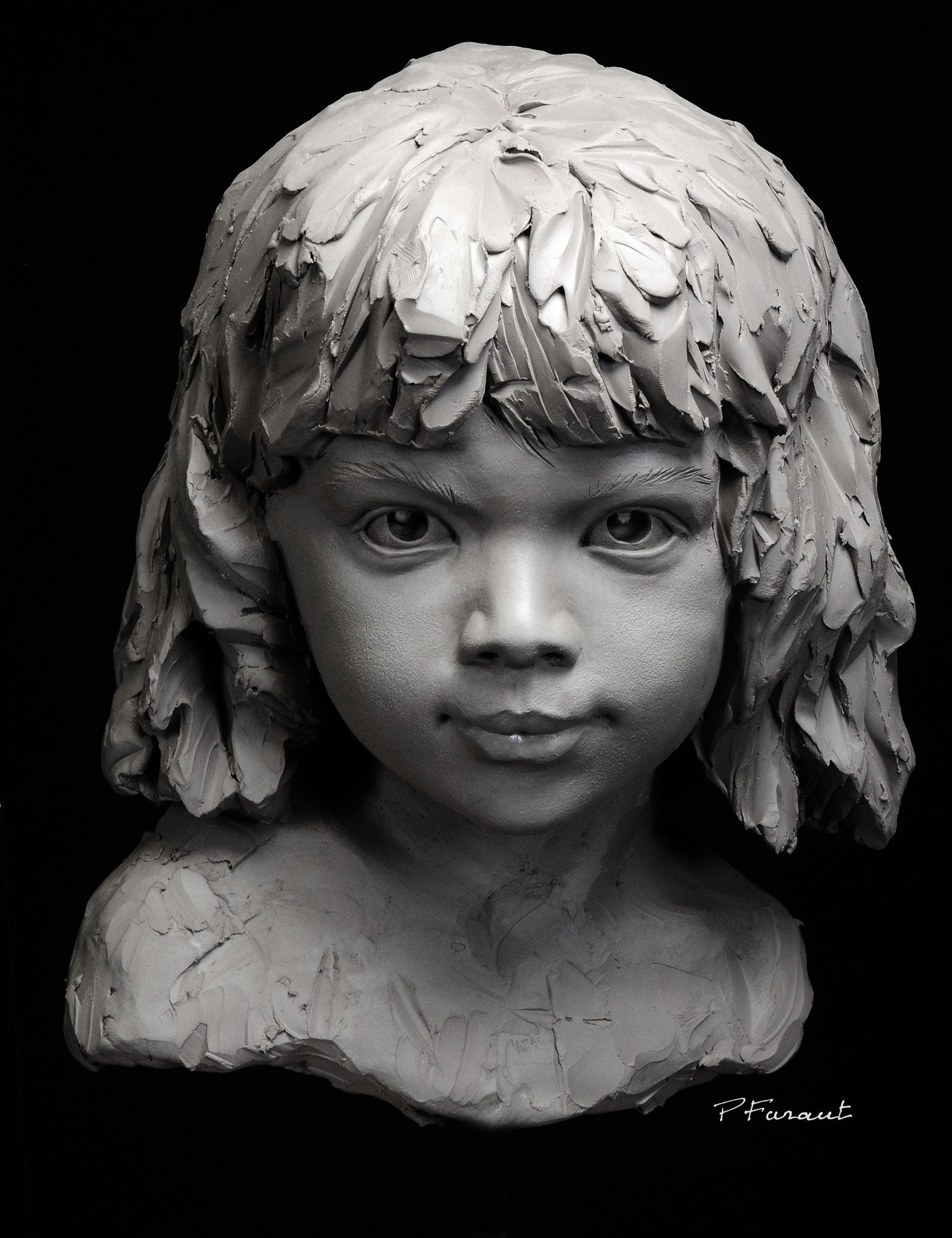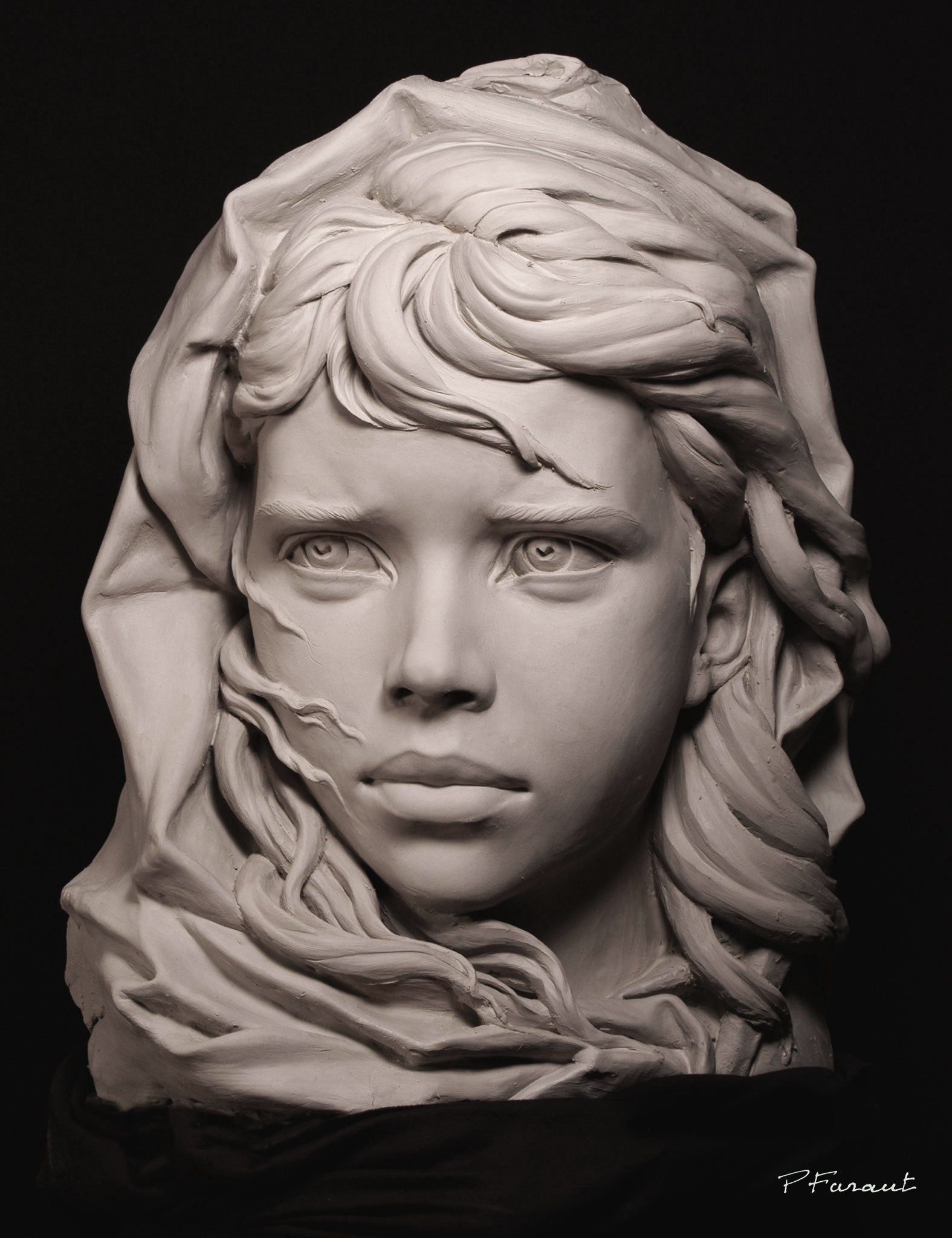Sculpting the Human Form: Portrayals of the Body in Sculpture
Sculpting the Human Form: Portrayals of the Body in Sculpture is a thorough exploration of the artistic representation of the human body throughout background. From the beautiful marble sculptures of ancient Greece to the complex work of arts of the Renaissance, from the flamboyant and ornate Baroque and Rococo sculptures to the progressive and abstract expressions of modern and contemporary sculpture, this exhibition provides a fascinating trip via the advancement of this classic art kind.
Old Greek Sculptures

One of the defining attributes of Old Greek sculptures is their focus on proportion. Each component of the body is meticulously crafted to be symmetrical to the whole, producing a sense of balance and harmony. The carvers paid cautious interest to every information, from the positioning of muscular tissues to the positioning of arm or legs, making certain that each number showed up both elegant and effective.
Instead than depicting the flaws and problems of the human kind, they sought to produce an idyllic variation of reality. The sculptures typically represented gods, athletes, and sirens, with their bodies sculpted to perfection.
Renaissance Masterpieces
Proceeding the exploration of the representation of the human kind in sculpture, Renaissance work of arts further refine the idealized idea of charm, building upon the symmetrical and unified percentages of their Old Greek precursors. Throughout the Renaissance duration, which extended from the 14th to the 17th century in Europe, musicians looked for to restore the classic suitables of ancient Greece and Rome. They studied and imitated the works of the old masters, making every effort for a realistic representation of the body.
His work of art, the sculpture of David, exemplifies the perfection and poise that came to be associated with Renaissance art. Standing at over 17 feet tall, the sculpture represents the scriptural hero in a state of calmness before his battle with Goliath.
An additional remarkable Renaissance carver was Donatello. His sculpture of Saint George, created in the very early 15th century, showcases the musician's ability to convey toughness and nobility through the human kind. The sculpture illustrates the epic dragon-slaying saint in a poised and certain stance, exuding a feeling of heroism.
Renaissance masterpieces not just celebrated the physical beauty of the body but additionally shared deeper feelings and definitions. With their careful focus to detail and competent craftsmanship, Renaissance carvers raised the art of sculpture to brand-new elevations, leaving a long-term heritage that proceeds to inspire artists to this day.
Baroque and Rococo Sculpture
Baroque and Rococo sculpture exhibits the elaborate and elegant representation of the human type throughout the 17th and 18th centuries. Characterized by its remarkable and dynamic style, Baroque sculpture aimed to captivate visitors with its grandeur and emotional strength. Artists such as Gian Lorenzo Bernini and Alessandro Algardi created sculptures that shared movement, usually showing numbers in remarkable postures. Using light and shadow better improved the feeling of dramatization, producing a staged impact.
Rococo sculpture, on the various other hand, arised as a reaction to the grandiosity of the Baroque duration. It welcomed an extra fragile and playful method, focusing on elaborate styles and ornamental details. François Boucher and Jean-Baptiste Pigalle projected Rococo artists that crafted jobs defined by their sophistication and appeal. They typically portrayed figures in sensuous and elegant presents, showing the easy going and whimsical nature of the Rococo style.
Both Rococo and baroque sculpture positioned a fantastic emphasis on the human kind, celebrating its beauty and sharing a series of emotions - Contemporary Sculptures. Whether it was the dynamic and effective numbers of the Baroque or the stylish and charming figures of the Rococo, these sculptures recorded the significance of the human experience, leaving a long lasting influence on the art globe
Modern and Contemporary Sculpture
The advancement of sculpting the human type proceeds in contemporary and contemporary sculpture. Modern sculpture arised in the late 19th century as a response to the altering political and social landscape.
In the 20th century, the rise of abstraction and conceptual art brought brand-new opportunities for sculptors. Artists like Henry Moore and Barbara Hepworth checked out the partnership in between kind and space, creating abstracted and natural numbers that tested traditional notions of representation. Moore's significant bronze sculptures and Hepworth's sculpted rock jobs are commemorated for their cutting-edge use materials and their ability to evoke a sense of the human body in a non-literal method.
Contemporary sculpture continues to press the borders of depiction and discover brand-new products and strategies. Musicians like Antony Gormley and Ron Mueck create hyper-realistic sculptures that test our perception of the human body, while others, such as Louise Bourgeois and Kiki Smith, use the body as a metaphor for cumulative and personal experiences. The human kind stays a powerful topic in sculpture, providing a platform for musicians to explore identification, emotion, and the human condition.
Cultural Perspectives on the Body

In the exploration of forming the human kind, the evaluation of social perspectives on the body discloses a abundant and diverse tapestry of depictions and interpretations. Throughout history, different cultures have held one-of-a-kind beliefs and values pertaining to the human body, resulting in distinctive creative expressions - Figurative Sculptures. These social viewpoints form the method the body is shown and regarded in sculpture, reflecting societal norms, religious beliefs, and aesthetic ideals
As an example, ancient Greek sculptures celebrated the idealized human form, highlighting physical appeal and athleticism. The sculptures portrayed gods, heroes, and athletes with perfectly proportioned bodies, embodying the Greek concept of physical perfection. In contrast, old Egyptian sculptures concentrated on the conservation of the body in the immortality, showing numbers with idyllic functions and stiff positions. The Egyptians believed that the body ought to exist in a way that guaranteed its infinite presence.
Similarly, social point of views on the human body in African art typically emphasize public identification and spiritual beliefs (Contemporary Sculptures). Sculptures from various African societies illustrate the human body with overstated functions, signifying genealogical connections and social values. Aboriginal cultures in the Americas additionally have special perspectives on the body, typically depicting it in a spiritual context and highlighting the connection in between human beings and nature
The assessment of cultural point of views on the human body in sculpture enables us to gain understanding right into the values, ideas, and appearances of different cultures throughout history. It highlights the diversity of human experiences and the means in which art shows and forms our understanding of the human form.

Verdict
To conclude, the portrayal of the body in sculpture has actually evolved with time, showing different artistic activities and cultural viewpoints. From the idyllic numbers of Ancient Greek sculptures to the emotive and sensible Renaissance masterpieces, and the detailed details of Baroque and Rococo sculptures, to the abstract and speculative forms of modern-day and modern sculpture. The human body has actually been a topic of attraction and artistic expedition throughout background, showcasing the diverse analyses and expressions of the human form.
Forming the Human Form: Portrayals of the Body in Sculpture is a comprehensive expedition of the imaginative depiction of the human body throughout background. From the beautiful marble sculptures of old Greece to the complex work of arts of the Renaissance, from the ornate and flamboyant Baroque and Rococo sculptures to the avant-garde and abstract expressions of modern-day and contemporary sculpture, this exhibit supplies a captivating journey via the evolution of this ageless art type. Musicians like Antony Gormley and Ron Mueck create hyper-realistic sculptures that challenge our assumption of the human body, while others, such as Louise Bourgeois and Kiki Smith, make use of the additional resources body as an allegory for personal and collective experiences. The human kind remains a powerful topic in sculpture, giving a platform for artists to check out identity, feeling, and the human problem.
From the idyllic numbers of Ancient Greek sculptures to the reasonable and stirring Renaissance masterpieces, and the elaborate details of Baroque and Rococo sculptures, to the abstract and experimental types of contemporary and modern sculpture.